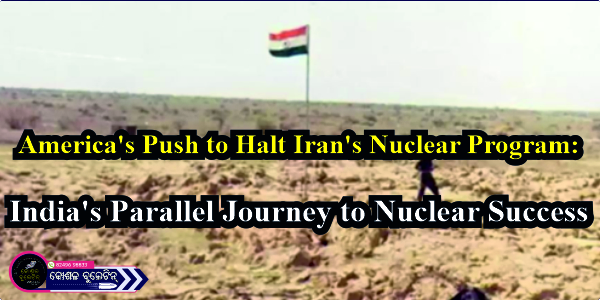The United States has launched a significant military operation to disrupt Iran’s nuclear program, targeting key facilities at Fordow, Natanz, and Isfahan with airstrikes on June 22, 2025. Codenamed “Operation Midnight Hammer,” the U.S. deployed B-2 stealth bombers and Tomahawk missiles, aiming to cripple Iran’s nuclear ambitions, which Washington claims were close to producing a nuclear weapon. President Donald Trump declared the strikes a “spectacular military success,” asserting that Iran’s nuclear infrastructure was “completely obliterated.” However, satellite imagery and expert analyses suggest that while the strikes caused significant damage, Iran may have moved its highly enriched uranium stockpile beforehand, and its nuclear knowledge remains intact. Iran retaliated by targeting a U.S. airbase in Qatar, but a ceasefire was brokered shortly after, with Iran confirming it fired its last missiles. Despite the damage, experts argue Iran’s nuclear program, deeply tied to national pride, may persist due to its decades-long expertise since the 1957 U.S.-backed “Atoms for Peace” initiative.
India, too, faced intense international pressure when developing its nuclear program but succeeded despite opposition. In the 1950s, under Homi J. Bhabha’s leadership, India established the Atomic Energy Commission and the Bhabha Atomic Research Centre (BARC). Leveraging the U.S.-led “Atoms for Peace” program, India acquired the CIRUS reactor from Canada and heavy water from the U.S. in 1955. Despite global skepticism and sanctions following its 1974 nuclear test, India’s strategic planning and scientific innovation led to its 1998 Pokhran-II tests, establishing it as a nuclear power. India’s ability to outmaneuver international restrictions, including from the U.S., showcases its diplomatic and technical prowess, maintaining a “no first use” policy while building a credible nuclear arsenal.
India’s experience contrasts with Iran’s current challenges. While Iran faces direct military action to halt its program, India navigated diplomatic and economic sanctions to achieve nuclear status. New Delhi’s recent abstention from a 2024 vote against Iran at the IAEA, unlike its 2005 vote under U.S. pressure, reflects a balanced approach, prioritizing regional stability and its historical ties with Iran. India’s evacuation of over 2,000 citizens from Iran under “Operation Sindhu” amid the conflict underscores its focus on citizen safety and economic concerns, given 60% of its energy imports come from the Middle East. The U.S. actions have inadvertently given India diplomatic leverage, allowing it to maintain neutrality while monitoring regional tensions that could impact oil prices and its 8-9 million citizens in West Asia.
This development highlights the complexities of nuclear ambitions. While the U.S. aims to prevent Iran from acquiring nuclear weapons, India’s journey demonstrates that determination, scientific expertise, and strategic diplomacy can overcome external pressures, though Iran’s path remains uncertain due to ongoing geopolitical dynamics.




